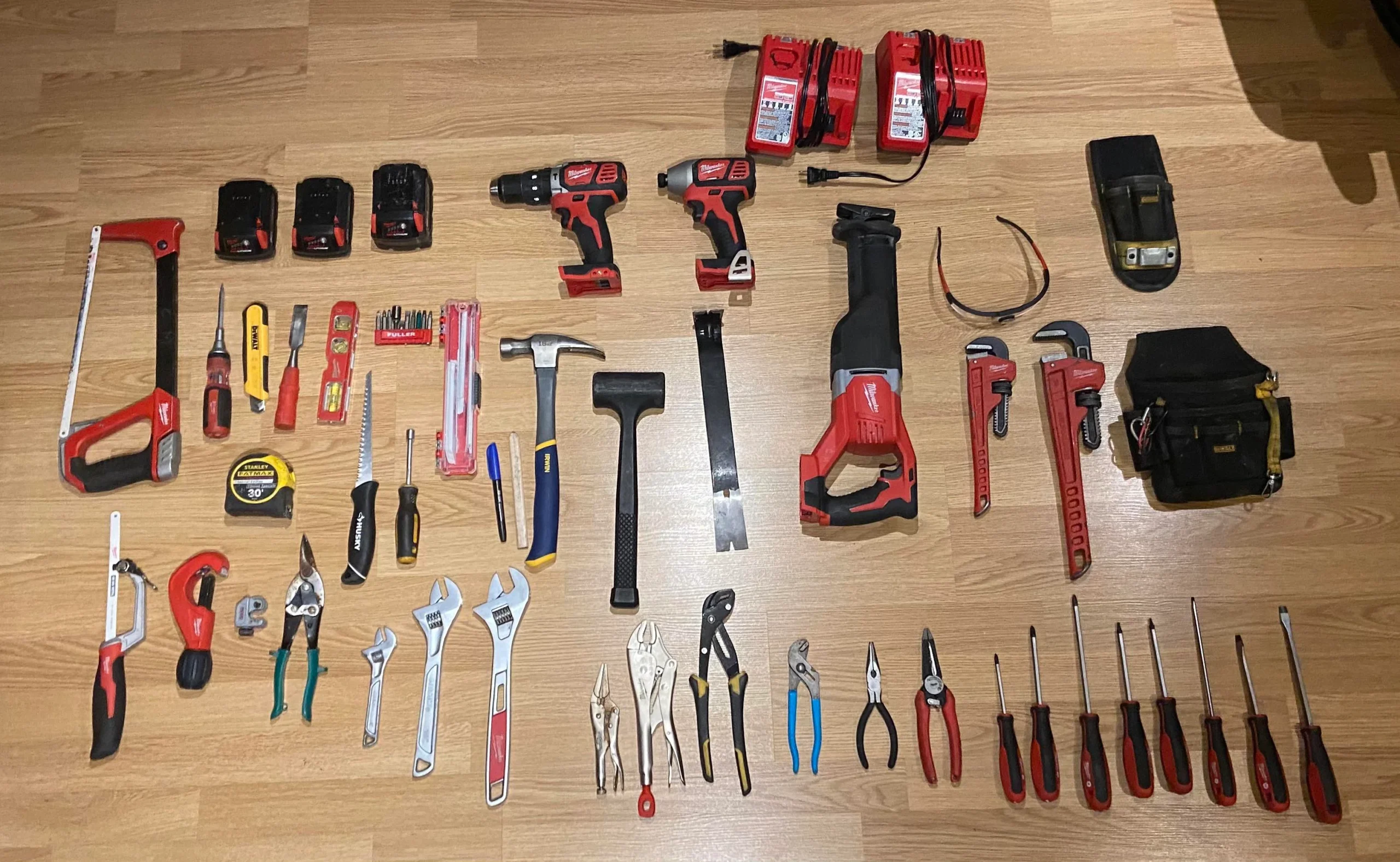In the vast and complex world of engineering, particularly within the realm of industrial and mechanical systems, the design and maintenance of piping systems play a pivotal role. These networks of pipes are the lifelines of many industries, carrying fluids required for processes, cooling systems, or waste management. Given their importance, it’s essential that engineers are equipped with a comprehensive understanding of the tools and accessories necessary for optimizing these systems. This article delves into the must-have accessories for piping systems, highlighting their functions, benefits, and the critical role they play in ensuring the longevity and efficiency of piping networks.
Piping Support and Anchorage
One of the fundamental components of a piping system is its support structure. Proper support is essential not only for maintaining the physical integrity of the pipes but also for ensuring operational efficiency and safety. Supports, clamps, and hangers prevent undue stress on the piping, which can result from thermal expansion, vibration, or the weight of the pipes and the fluids they carry. Anchorage, moreover, secures the system in place, protecting it against potential displacements caused by external forces like seismic activity or heavy machinery operation.
Isolation and Regulation Valves
Valves are indispensable accessories in any piping system. They perform two primary functions: isolating sections of the system for maintenance or emergency shutdowns and regulating the flow and pressure of the conveyed fluids. There are several types of valves, including ball, gate, globe, and butterfly valves, each suited to specific functions and types of fluid. Engineers must select the appropriate valve based on the system’s operational requirements, fluid characteristics, and environmental conditions.
Sealing Solutions: Gaskets and O-Rings
Leak prevention is crucial in piping systems to ensure safety, environmental protection, and process efficiency. Gaskets and O-Rings provide sealing solutions between pipe segments, valves, and other components. They are made from various materials, such as rubber, silicone, or metal, depending on the application’s temperature, pressure, and the chemical nature of the fluids. Proper selection and installation of gaskets and O-Rings are paramount to prevent leaks and ensure the system’s integrity.
Thermal Insulation
Thermal insulation is another essential accessory for piping systems, especially in processes involving high temperatures or requiring temperature control. Insulation materials reduce energy loss, protect personnel from hot surfaces, and maintain the fluid at a consistent temperature, improving process efficiency. The choice of insulation material—ranging from fiberglass to foam or rubber—depends on the system’s temperature range, environmental conditions, and fire safety requirements.
Expansion Compensations: The Role of Pipe Expansion Bellows
One of the most critical aspects of designing and maintaining piping systems is accommodating thermal expansion and contraction. As temperatures fluctuate, pipes can expand or contract, potentially causing stress, deformation, or even system failure. This is where pipe expansion bellows come into play. These accessories are designed to absorb thermal movements, vibrations, and adjustments in the length of the piping system, ensuring its structural integrity and operational reliability. By incorporating bellows, engineers can prevent undue stress and avoid the risks associated with thermal expansion, making them a must-have in the toolbox for systems exposed to temperature variations.
Corrosion Protection
Corrosion can significantly reduce the lifespan of a piping system, leading to leaks, failures, and costly repairs. Protective coatings and linings, made from materials like epoxy, polyethylene, or rubber, shield the pipes from corrosive substances and environmental conditions. Cathodic protection, another corrosion prevention technique, uses electrical currents to mitigate the electrochemical reactions that lead to corrosion. Selecting the right corrosion protection method is essential for prolonging the system’s life and ensuring its safe operation.
Monitoring and Diagnostic Tools
Finally, no engineer’s toolbox would be complete without the tools for monitoring and diagnosing the health of the piping system. Instruments like pressure gauges, flow meters, and temperature sensors provide real-time data on the system’s operating conditions. Ultrasonic flow meters and acoustic emission sensors can detect leaks or weaknesses in the system before they become critical issues. Regular monitoring and maintenance, facilitated by these diagnostic tools, are crucial for the long-term performance and reliability of piping systems.
In conclusion, the engineering and maintenance of piping systems require a comprehensive set of tools and accessories. From support structures and valves to sealing solutions, insulation, and expansion compensations like pipe expansion bellows, each component plays a vital role in ensuring the system’s efficiency, safety, and longevity. As technologies evolve and operational demands change, staying informed about the latest advancements in piping system accessories will continue to be essential for engineers seeking to optimize their networks and safeguard their operations.




